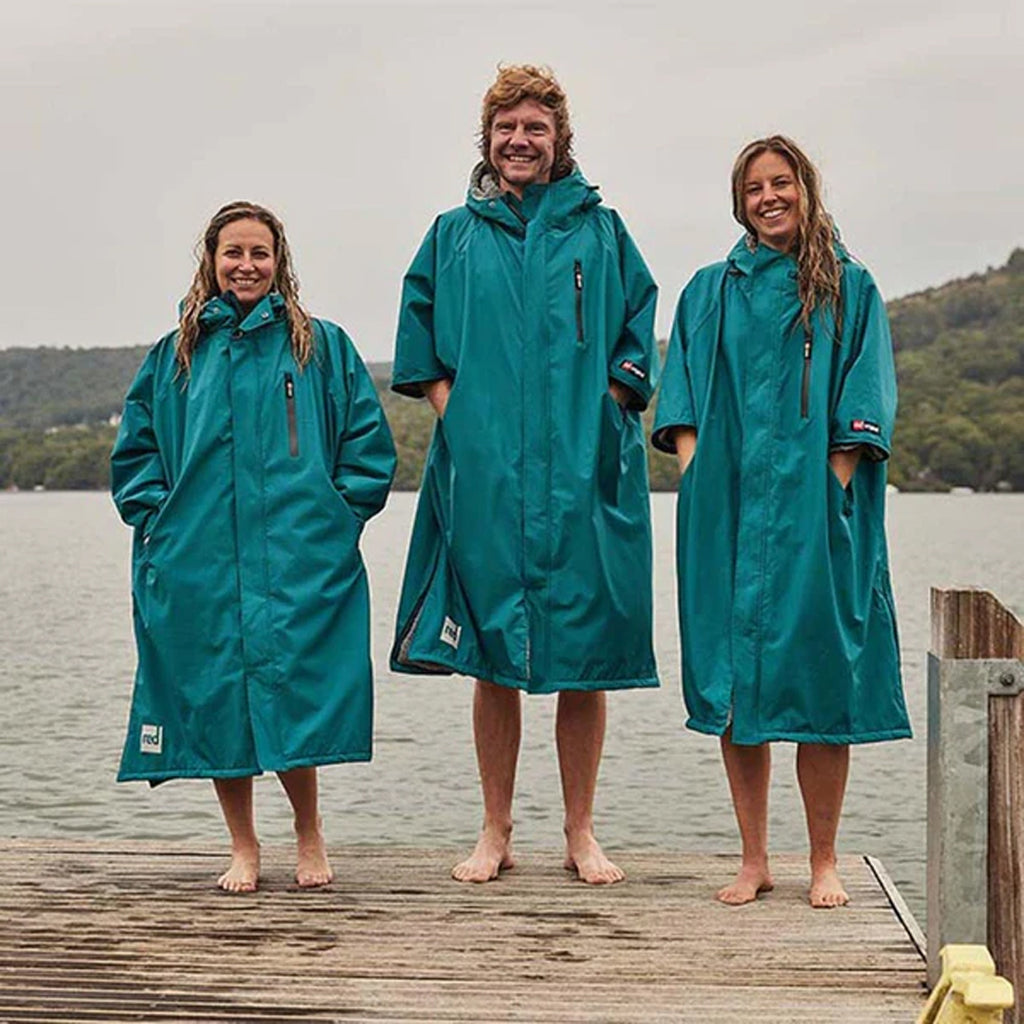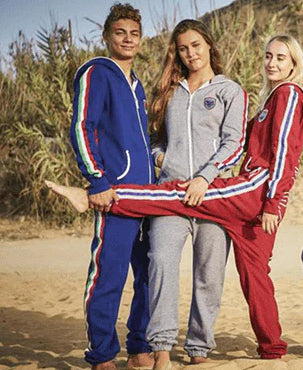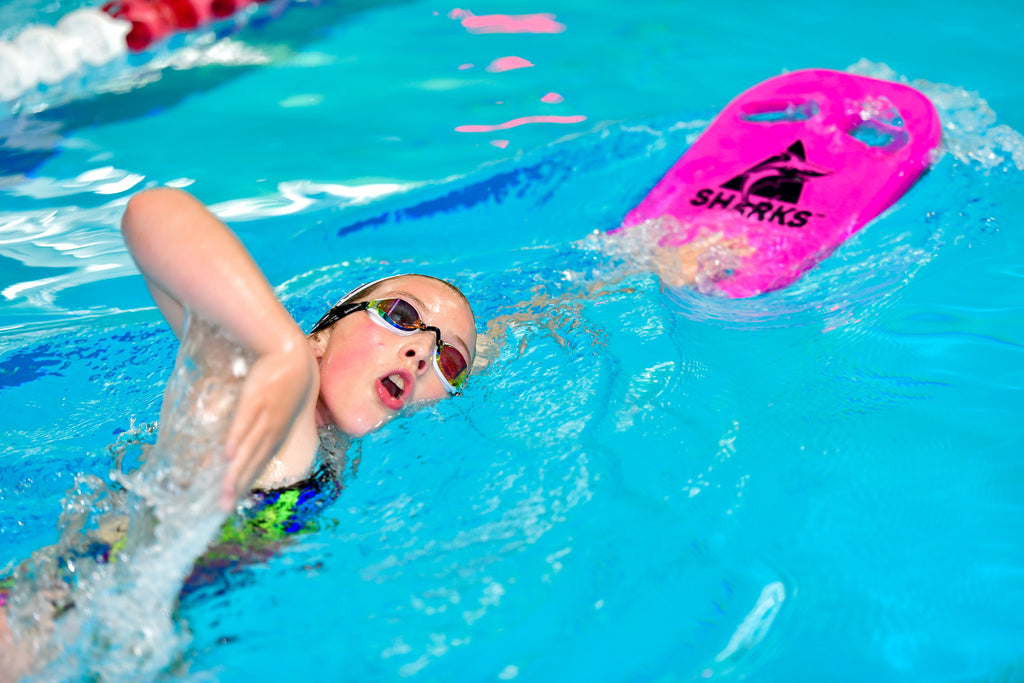How to prepare for a Triathlon race in hot weather
 If you’re planning to race in a triathlon somewhere hot this year, and with current summer temperatures that includes the UK, you need to take certain measures to prepare for the heat. This is because your body will have to work harder in warmer weather and so you become tired and dehydrated more quickly.
If you’re planning to race in a triathlon somewhere hot this year, and with current summer temperatures that includes the UK, you need to take certain measures to prepare for the heat. This is because your body will have to work harder in warmer weather and so you become tired and dehydrated more quickly.
Heat acclimatisation is a gradual process and without the correct preparation will impact on your performance. In other words, in a hotter climate, your body will show a higher heart rate, a higher cardiac output, as well as higher skin and core temperatures.
Creating your own climate
It’s not practical for most people to have the opportunity to train in hot temperatures for long period of time ahead of a race. But you can create your own ‘climate’ even here in the UK by replicating the warmer conditions you are likely to face on race day.
How do you achieve this? You can start by running in a warm gym on a treadmill or using a turbo trainer indoors with the doors and windows closed. Alternatively, you could simply train outside wearing extra layers of clothing.
If you do go down this route, don’t forget to increase your fluid intake. If you become dehydrated, it will take you longer to recover from each training session and make it harder to train during future sessions or even on race day.
Tips for Preparing to Race in Hot Weather
There are lots of other ways you can prepare for a race in a hotter climate.
Firstly, you should wear appropriate clothing and avoid racing in a black top if you can. Make sure your bike has multiple places to carry fluids, which is critical as you’ll be drinking a lot. Don’t forget to plaster on the sunscreen and to use the water from the stations along the route to keep head and body cool. You should also wear a hat to keep the sun off your head.
A race belt or energy belt is also a good idea to carry energy sachets which you can then reach easily during the race.
Most serious athletes will also have worked out their sweat rate, so they know exactly how much fluid they need to take in during a race. There are lots of online calculators to help with this and it’s certainly worth doing. These plans can also help to identify how much sodium you will need to take in. Test your plan during your training sessions to see how you feel and if you’re performing to the expected standard.
Adapting During a Race
As the temperatures soar on race day, it’s always best to adjust your pace (everyone else will be in a similar position and will be adapting to the conditions too).
For the swim, go only as fast your ability to maintain form. There is no need for excess exertion here as a steady pace means you will progress through the water faster.
When it comes to the bike ride, again it’s best to ride as steadily as you can. It’s well worth wearing a heart rate monitor and if you heart rate goes up anything over 5 or 7 beat that’s the signal to slow down and preserve the race.
Run conservatively from the start making the most of the slower pace to get in more fluids and fuel which your competitors may not be doing. As a guideline, for every 5 degrees over 65-degrees, you’ll need to slow your goal pace by 3 seconds per mile.
Keeping Cool
The most important factor when racing in hot weather isn’t speed, but rather how cool you can stay. Reducing your core body temperature for the run starts with the last aid station of the bike race. You should grab extra water and pour it over your head and back and shorts. The water will run off long before you hit transition, so it won’t interfere with your change.
On the run the first water station is the most critical. Again, cover yourself with water (try not to get your feet wet) and if there’s ice available, stick some under your hat!
Do the same at least three times at other water stations along the route whilst taking in energy and calories from the supplies stored in your belt.
Maintain this process for the next three aid stations at a minimum, as you continue to front-load your calories.
Sharks Swim Shop
At Sharks Swim Shop, in addition to triathlon clothing for men, women and children, we stock a whole range of accessories designed to help you to improve your performance no matter what the weather. These include hats and sunglasses to energy belts and gels.
To find our more, pop into our store in Sketty, Swansea or visit our online shop at www.sharksswimshop.co.uk








